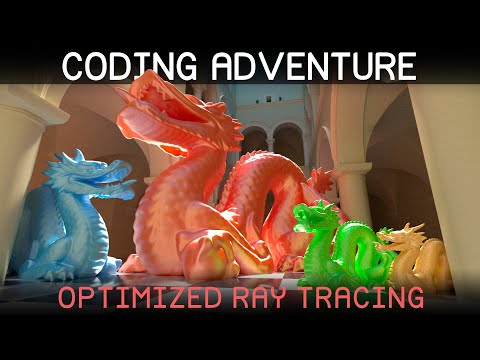Description:
Explore advanced techniques for optimizing a ray tracer by building a Bounding Volume Hierarchy (BVH) in this 52-minute coding adventure video. Learn how to speed up rendering for intricate scenes through various optimization strategies. Begin with creating a triangle-test debug view, then delve into nested bounding boxes and BVH construction. Master BVH traversal, GPU-friendly data structures, and the conversion of recursion to iteration. Discover methods to increase BVH depth, implement distance tests, and apply the Surface Area Heuristic. Gain insights into speeding up construction, utilizing 32-byte nodes, handling transformations, and supporting multiple models. Conclude with practical tests and final thoughts on ray tracing optimization techniques.

Optimizing a Ray Tracer by Building a Bounding Volume Hierarchy (BVH)
Add to list
#Computer Science
#Computer Graphics
#Ray Tracing
#Data Structures
#Software Engineering
#Performance Tuning
#High Performance Computing
#Parallel Computing
#GPU Programming
#3D Graphics
#Computational Geometry